How to avoid common mistakes and better protect your iPhone
Your iPhone is a valuable and indispensable part of your life. Keeping it protected is essential to ensure that it lasts as long as possible and continues to function properly. With so many options available, it can be difficult to choose the right iPhone case that meets your specific needs. In this story, we’ll guide you through the common mistakes people make when choosing and using iPhone cases, and provide some information you may need to make an informed decision.
1. Choosing the Wrong Material
Materials play a crucial role in determining the level of protection your iPhone case provides. There are several materials to choose from, including silicone, TPU, PC, compostable, metal, wood and leather. Today, with all the efforts put into saving our environment, the trend is to replace silicon with PC and metal, leather and wood with TPU and a combination of TPU and PC. To understand why, let’s take a closer look at the pros and cons of each.
Silicone
Pros — transparent, soft and flexible, provides good grip, easy to clean, cheaper than the other options, good microbial protection. Cons —breakable nature, not as durable as other materials, may attract dust and lint that stick between hour iPhone and the case, becomes yellow fast, not biodegradable and thus the most polluting material from all cases. Here is how a silicone case looks like.
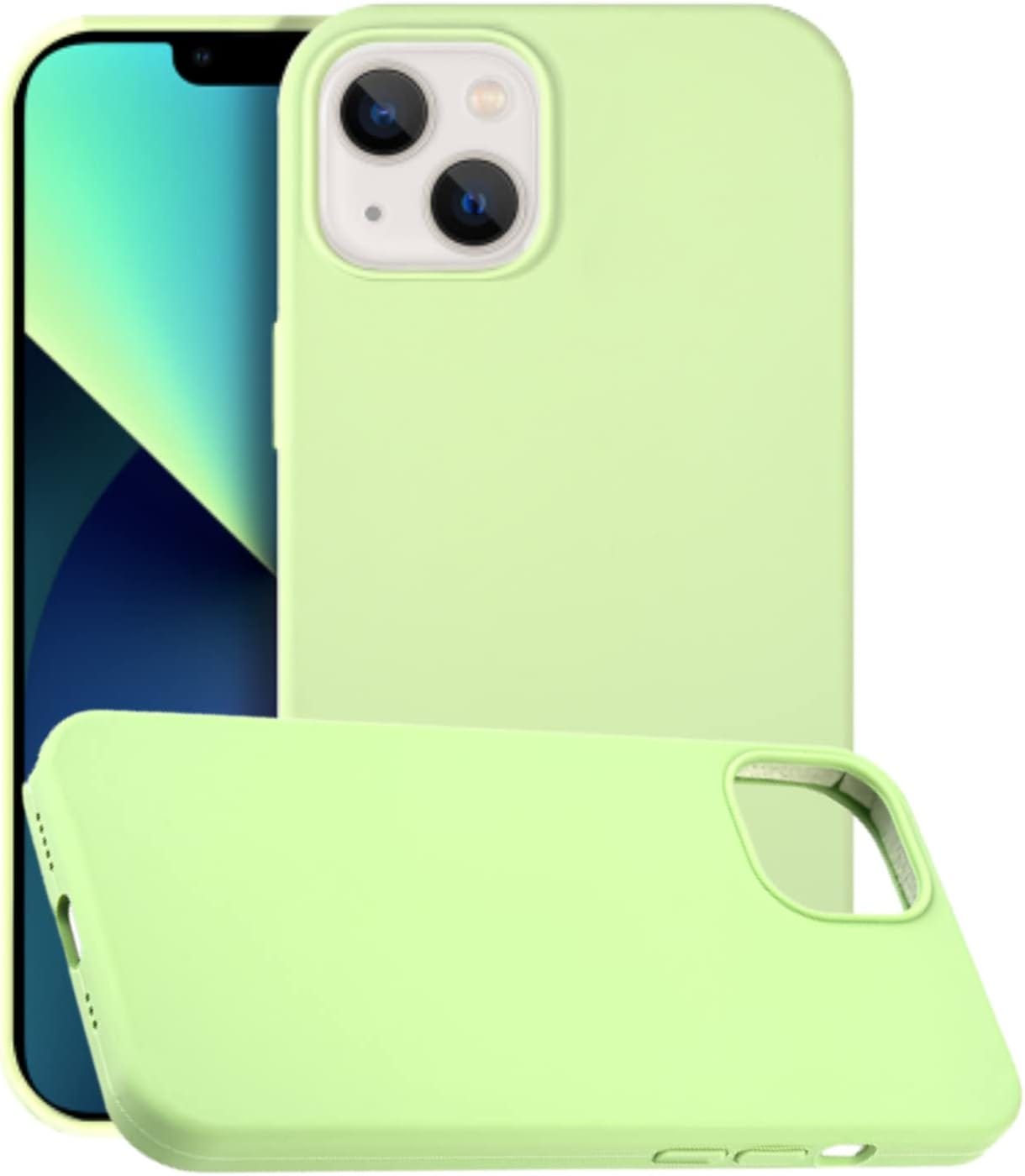
TPU or Thermoplastic Polyurethane
Pros — soft and flexible, transparent, unbreakable nature, flexible, durable, provides good shock absorption, cold and heat resistant, good microbial resistance, easy to clean, fully biodegradable in about 3–5 years. Cons — not as protective as PC materials, but better protection than silicon, may yellow over time but much slower compared to the silicon, more expensive option than silicon.
PC or Polycarbonate
Pros — hard, transparent, does not easily yellow, high durability, used in the military force for bullet proof materials manufacturing, provides high protection against impacts, easy to clean, good microbial protection, fully biodegradable in 5 years. Alipathic polycarbonates biodegrade more easily, in about 3 to 5 years. Cons — may be too rigid for some people, may scratch easily, more expensive option.
Usually TPU is combined with PC for best protection. Here is a case from Amazon, which is an example of this combination. It costs about $40 but it is definitely worth the money if you like the design.
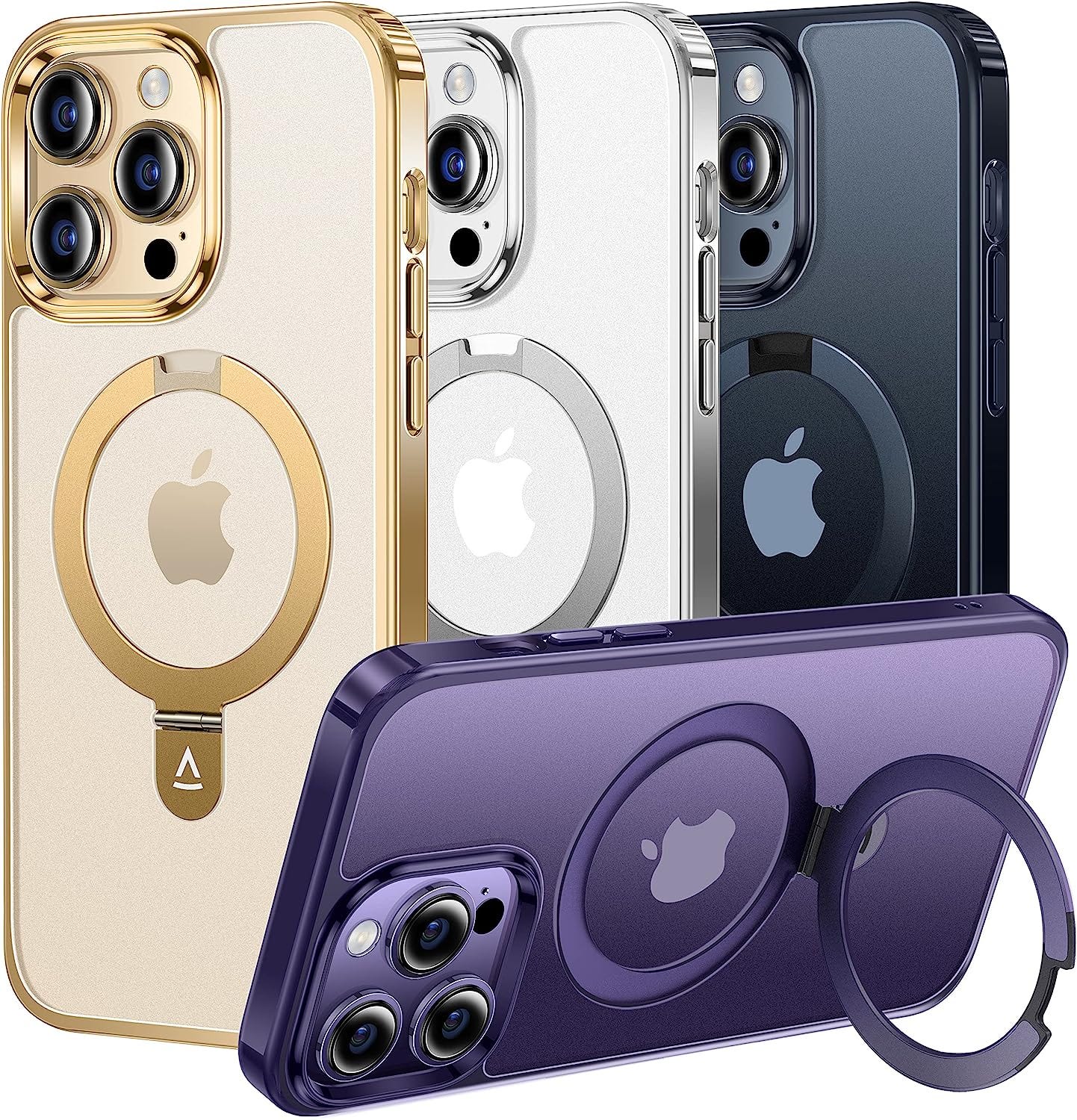
Compostable
Pros — organic and compostable, environmentally friendly, biodegradable in about 1 year, soft and flexible, provides a good grip, good microbial protection. Cons — no transparency so no clear case option, breakable nature, not as protective as other materials, may not last as long as traditional cases — usually lasts 6 to 12 months, due to the composition of the biodegradable materials. These cases are usually made from plants and look speckled because of the materials. Here is an example of a compostable case from Amazon that costs about $20.
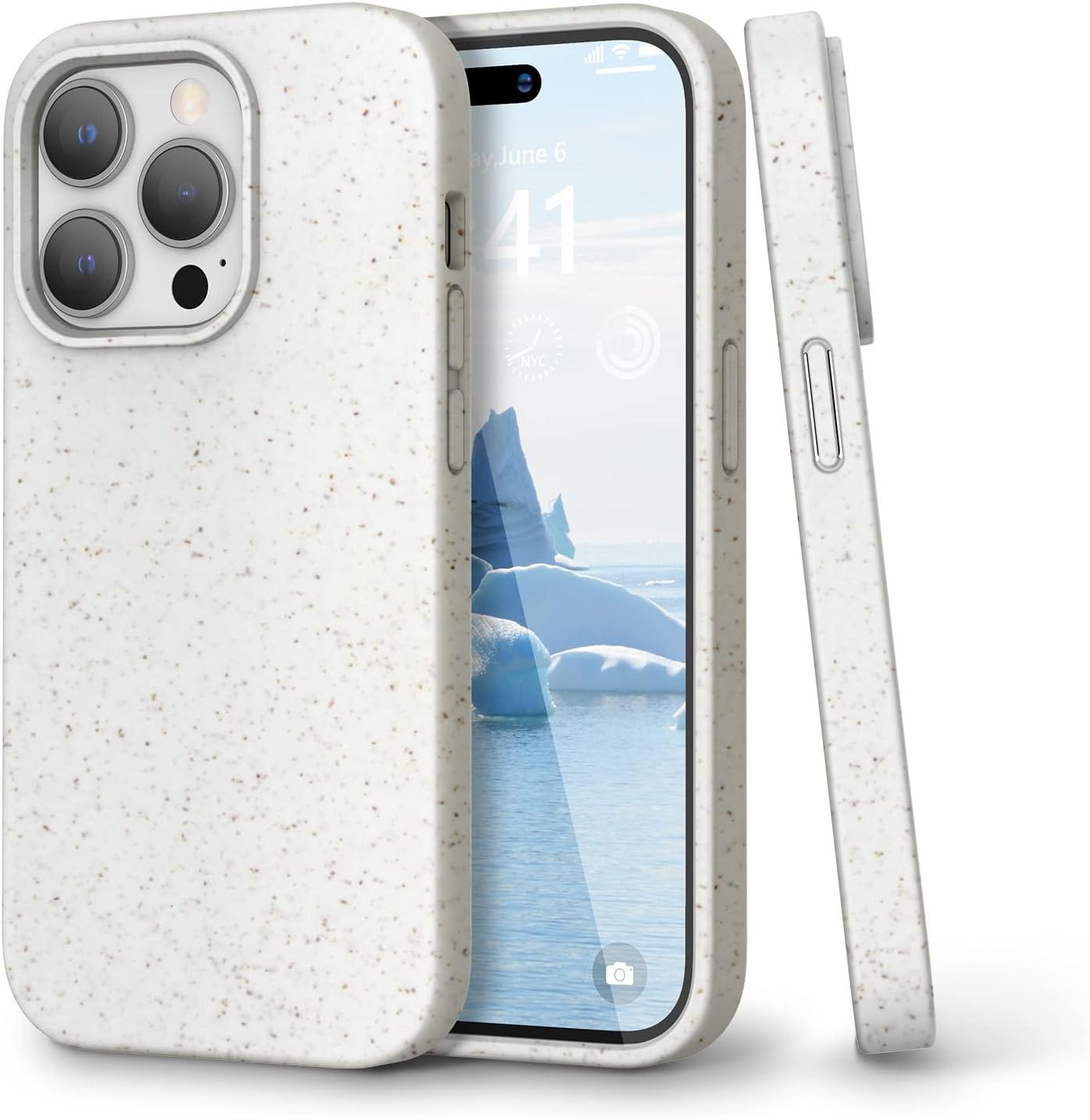
Metal
Pros — highly durable, provides good protection against impacts, offers a premium look and feel, natural material, environmentally friendly. Cons — no microbial protection, no transparency so no clear case option, no bump resistance — the impact travels through the material straight to your iPhone, may deeply scratch your iPhone if not softened with other bump resistant materials on the inside, especially in the corners, may be too heavy for some people, may scratch easily on the outside, more expensive. Here is an example of a metal case.
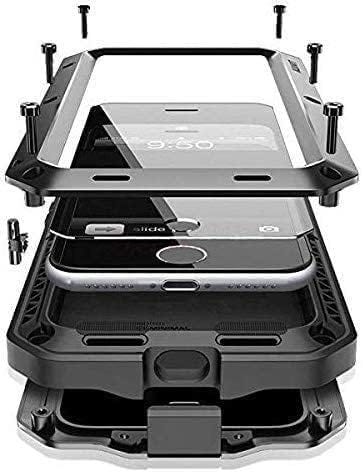
Metal Case — costs about $43
Leather
Pros — stylish, provides good grip, offers a premium look and feel, lightweight, natural material and thus fully and generally biodegradable, but depending on the chemicals used on it. Not all leather is biodegradable. Cons — no microbial protection, not considered environmentally friendly, breakable nature, may not provide as much protection as other materials, may not be suitable for all environments, can be easily scratched, more expensive. Here is an example for a leather case.
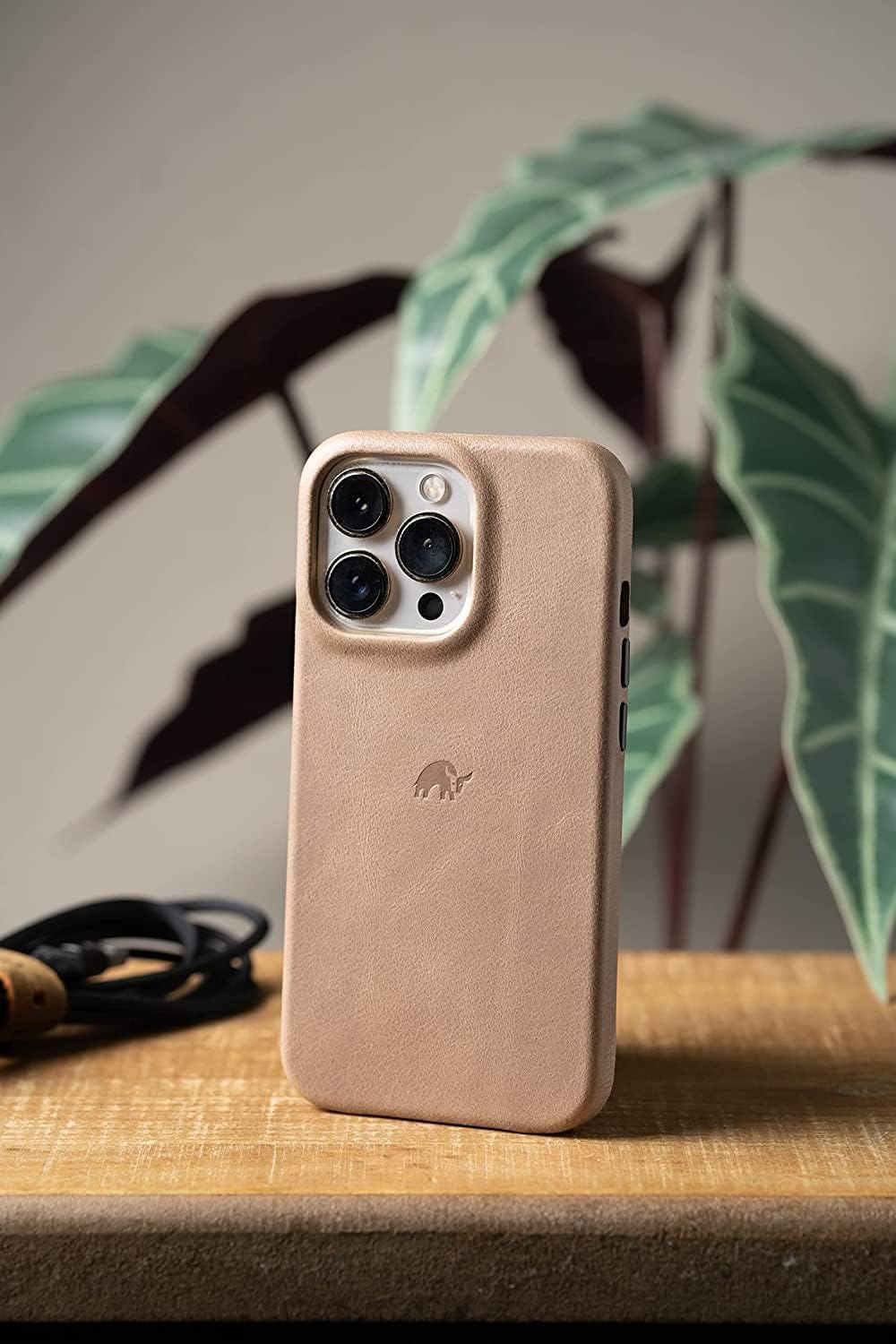
Leather Case from Amazon — costs $85
Wood
Pros — unique and stylish, provides a natural look and feel, lightweight, natural material and thus fully and easily biodegradable and compostable. Cons — breakable material, may not provide as much protection as other materials, easily scratched, may not be suitable for all environments, not considered environmentally friendly, may be more expensive than other materials. Here is an example of a wooden case.
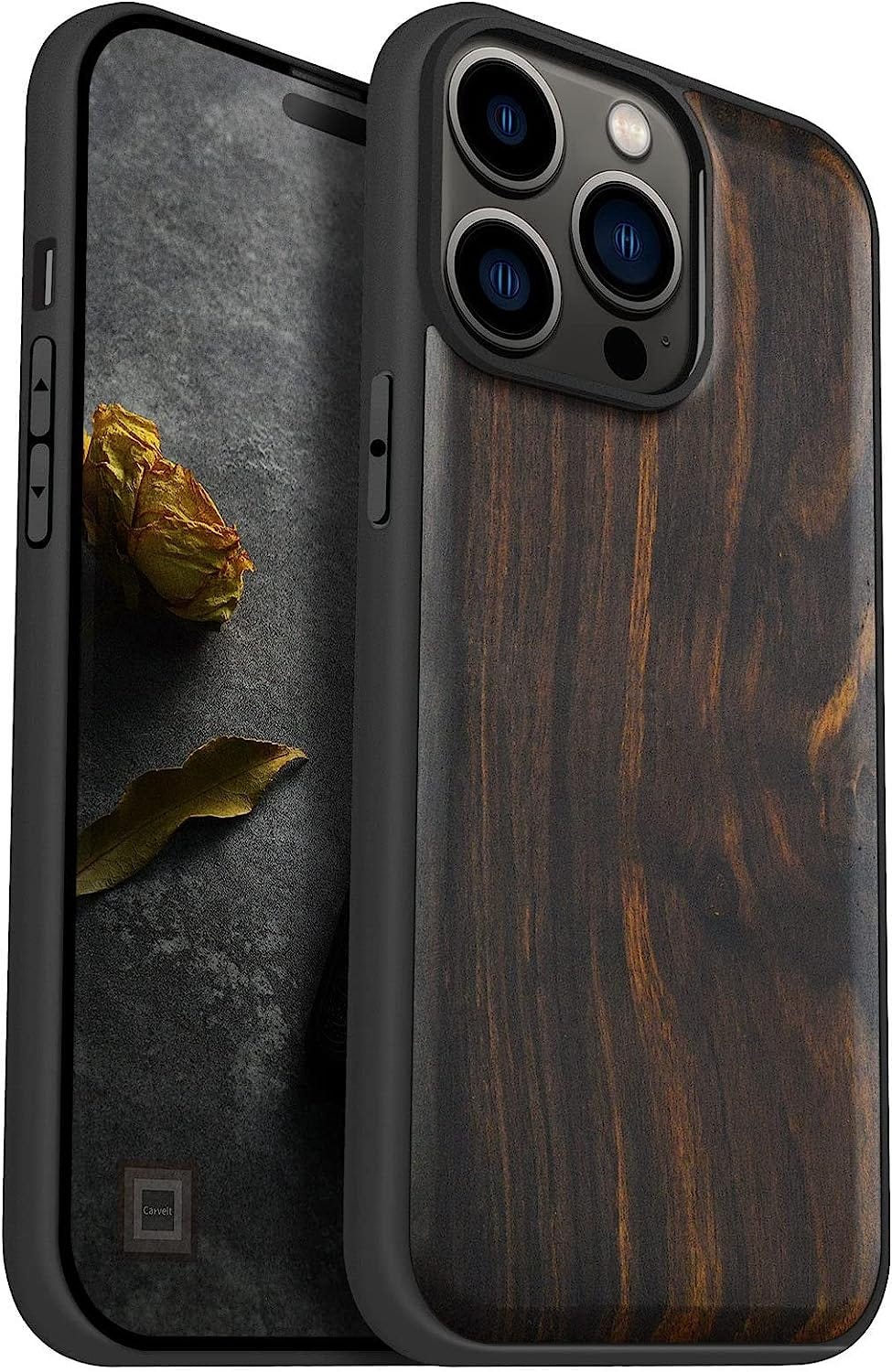
Stone
Yes, there are cases made from real stone! Here’s what I know about them. Pros — unique and stylish, provides a natural look and feel, natural material and thus entirely planet friendly. Cons — breakable material, not bump resistant, may not provide as much protection as other materials, heavier than other materials, may not be suitable for all environments, may cause damage to your iPhone if not softened with another bump resistant material on the inside, may be more expensive than other materials. Here is an example of a stone case.
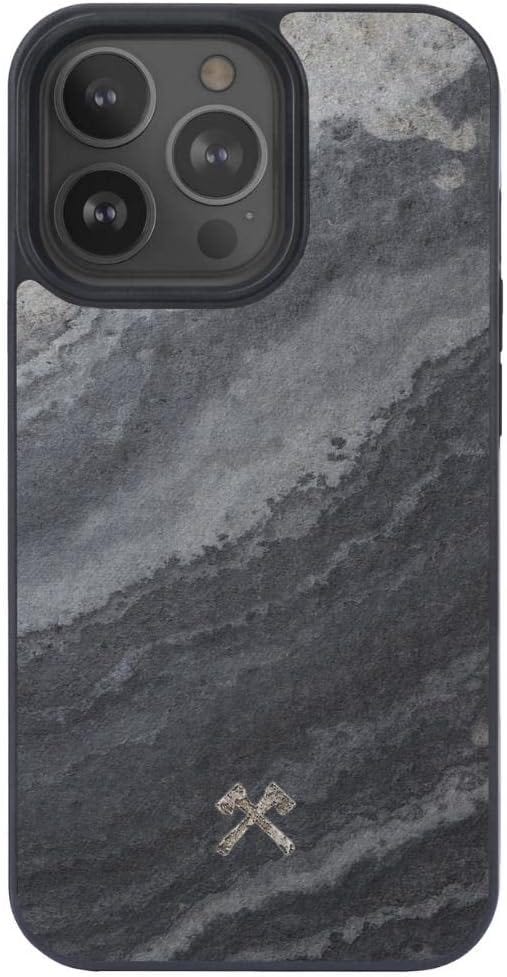
To my opinion, TPU, especially when combined with PC seems to be a good choice if you want to have the best of all worlds. When choosing a material, it’s important to consider the level of protection you need, the environment in which you use your iPhone, and your personal style preferences.
2. Ignoring Proper Installation
Even the best iPhone case won’t provide adequate protection if it’s not installed correctly. Here are some common installation mistakes to avoid:
- Not aligning the case properly: This can leave parts of your iPhone exposed, making it more vulnerable to damage.
- Not securing the case firmly: A loose case can easily come off, leaving your iPhone unprotected.
- Not testing the buttons and ports: Make sure the case doesn’t interfere with the functioning of your buttons and ports.
By following the manufacturer’s instructions and double-checking your work, you can avoid these installation errors and ensure that your iPhone case is providing the maximum level of protection. Especially if you go with a metal case, by ignoring proper installation you may risk destroying your iPhone coverage.
3. Not Considering the Environment
Different environments can have a significant impact on the performance and durability of your iPhone case. For example:
- If you work in a rough or dirty environment, you may need a case with a higher level of protection like PC cases.
- If you live in a hot or humid climate, you may need a case with better heat resistance to prevent overheating like TPU and PC cases.
When choosing an iPhone case, it’s important to consider the environment in which you’ll be using it, and select a case that meets those needs.
4. Skipping Regular Maintenance
Just like any other item you use regularly, iPhone cases need regular maintenance to keep them in good condition. This may include:
- Cleaning the case regularly: Dirt, dust, and other debris can collect on your case, reducing its effectiveness. Cleaning your case also helps keep your iPhone look as good a s new for a longer period of time.
- Inspecting the case for wear and tear: Regular inspections can help you identify any potential problems early and take appropriate action to fix them.
- Replacing the case as needed: No case is eternal — after all, it’s job is to take all the attacks from the environment off your iPhone. Over time, even the best iPhone case will start to wear out and lose its effectiveness. When this happens, it’s time to replace the case to ensure that your iPhone is protected. On average a case needs to be replaced every year.
5. Cleaning it the Wrong Way
It is recommended to clean your case at least once monthly to maintain a good hygiene. One of the most common mistakes here is to clean your case with the wrong materials or not following the manufacturer instructions. For example, using harsh chemicals or alcohol-based cleaners may shorten your case life span and destroy any printed design on it. Another mistake is to not really clean your case at all. Depending on the environment you use your iPhone, this can lead to accumulation of dust and dirt material between your case and your iPhone. Over time, the tiny openings on your device will start clogging which may cause microphone or speakers disfunction. For best maintenance, make sure you clean your case and your iPhone often enough. If you are not sure how and what to use to clean your phone, I would recommend this useful cleaning kit from Amaon. It will help you clean everything from Apple you have.
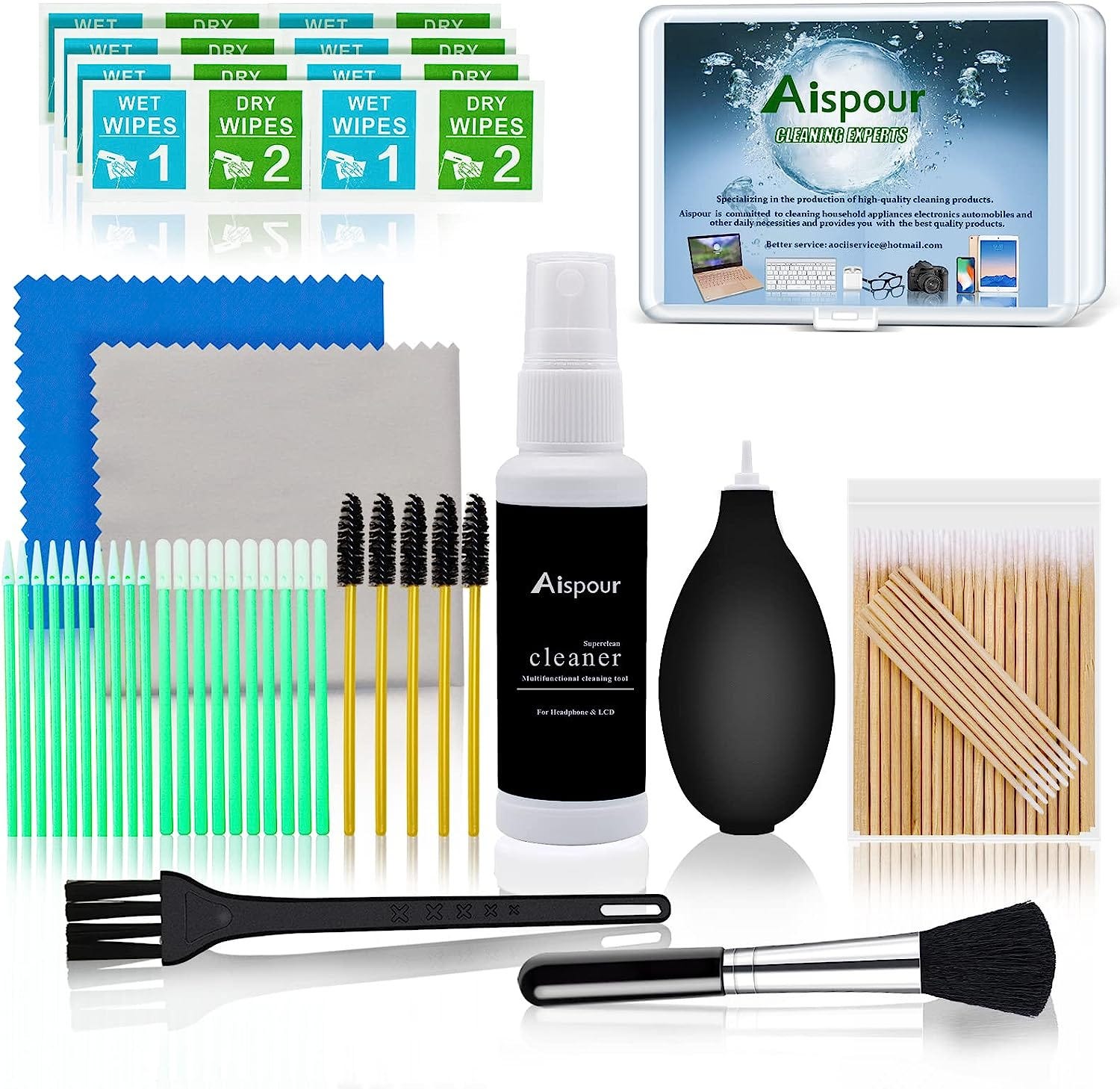
And if you feel that you need to sanitize your phone to keep a better hygiene, I would go with this sanitizer from Amazon. It costs under $20 and it will help you sanitize every phone and buds. Before you use it, make sure you remove your phone case, because the UV light will destroy its colors and may turn it yellow.

Conclusion: By following these tips and avoiding common iPhone protection mistakes, you can ensure that your iPhone case is providing the maximum level of protection. Whether you’re looking for style, durability, or environmental friendliness, there’s an iPhone case out there that meets your needs. By making an informed decision, you can protect your valuable iPhone and enjoy peace of mind knowing that it’s well protected.

